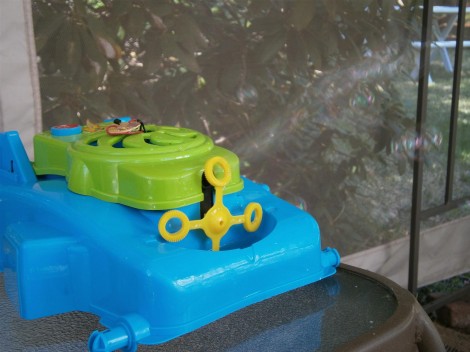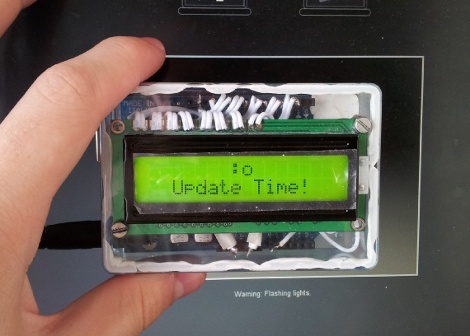
That awful buzzing/beeping beside the bed in the morning might not seem so bad if it were a cascade of bubbles instead. At least that’s what [Will] is hoping for. He took a child’s toy and turned it into a bubble blowing alarm clock.
We’re guessing you’re not going to be too happy with the alarm settings feature. This isn’t using a real-time clock, or any clock at all really. [Will] rolled his own light detection circuit using a PNP transistor whose base is controlled by an LDR. When the light level in the room reaches a certain threshold the bubbles start streaming out of the front of this thing. He test the system in the video by switching a lamp on and off in a dark room.
Up at dawn has never been a way we could describe ourselves, but the one-wire control method seen here could easily be provided by a microcontroller rather than the LDR. Oh, and for those that don’t get it; the [Lawrence Welk] show always started with a screen full of bubbles.
Continue reading “Alarm Clock Wakes You Like [Lawrence Welk]”


 +
+












